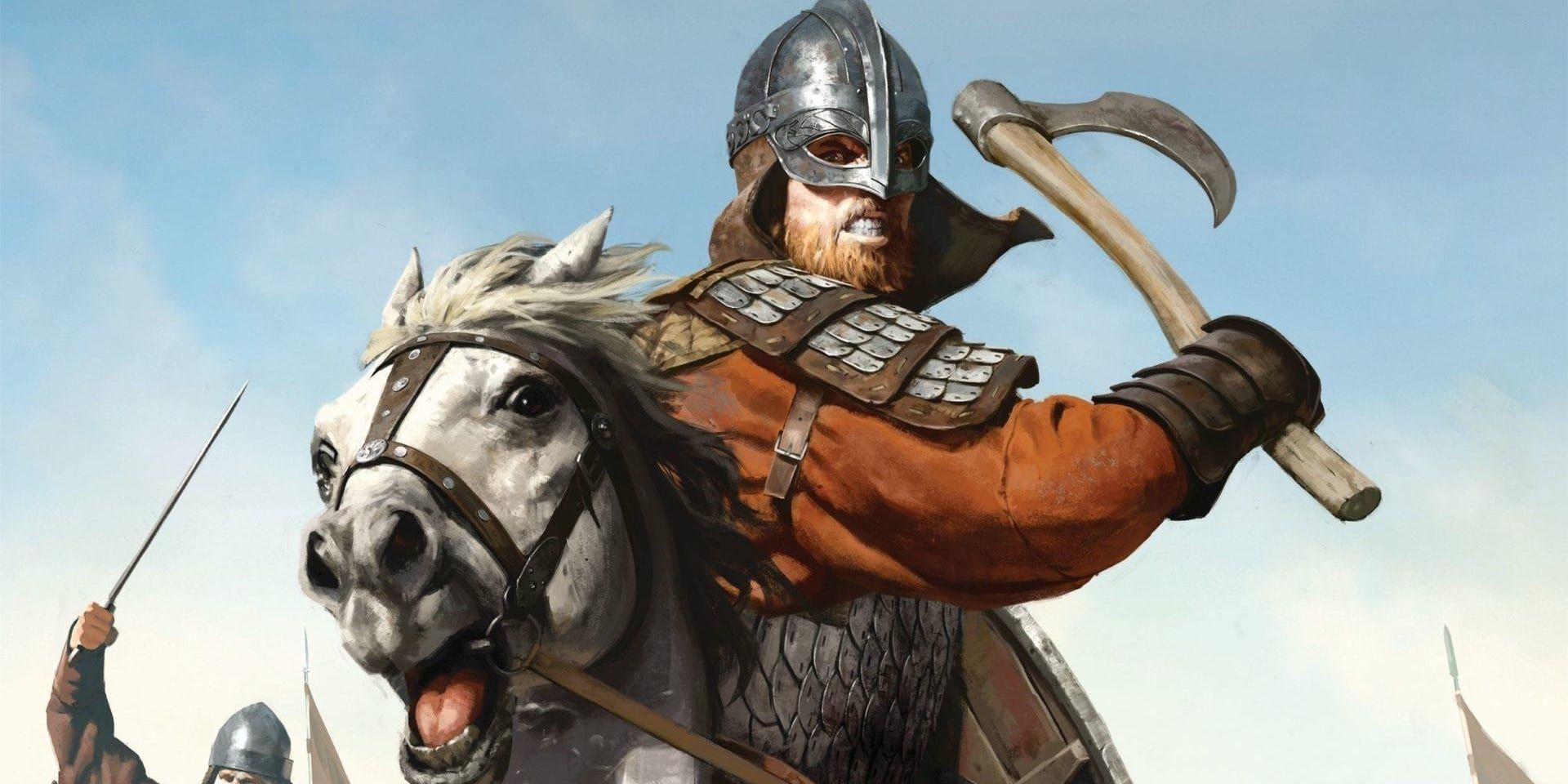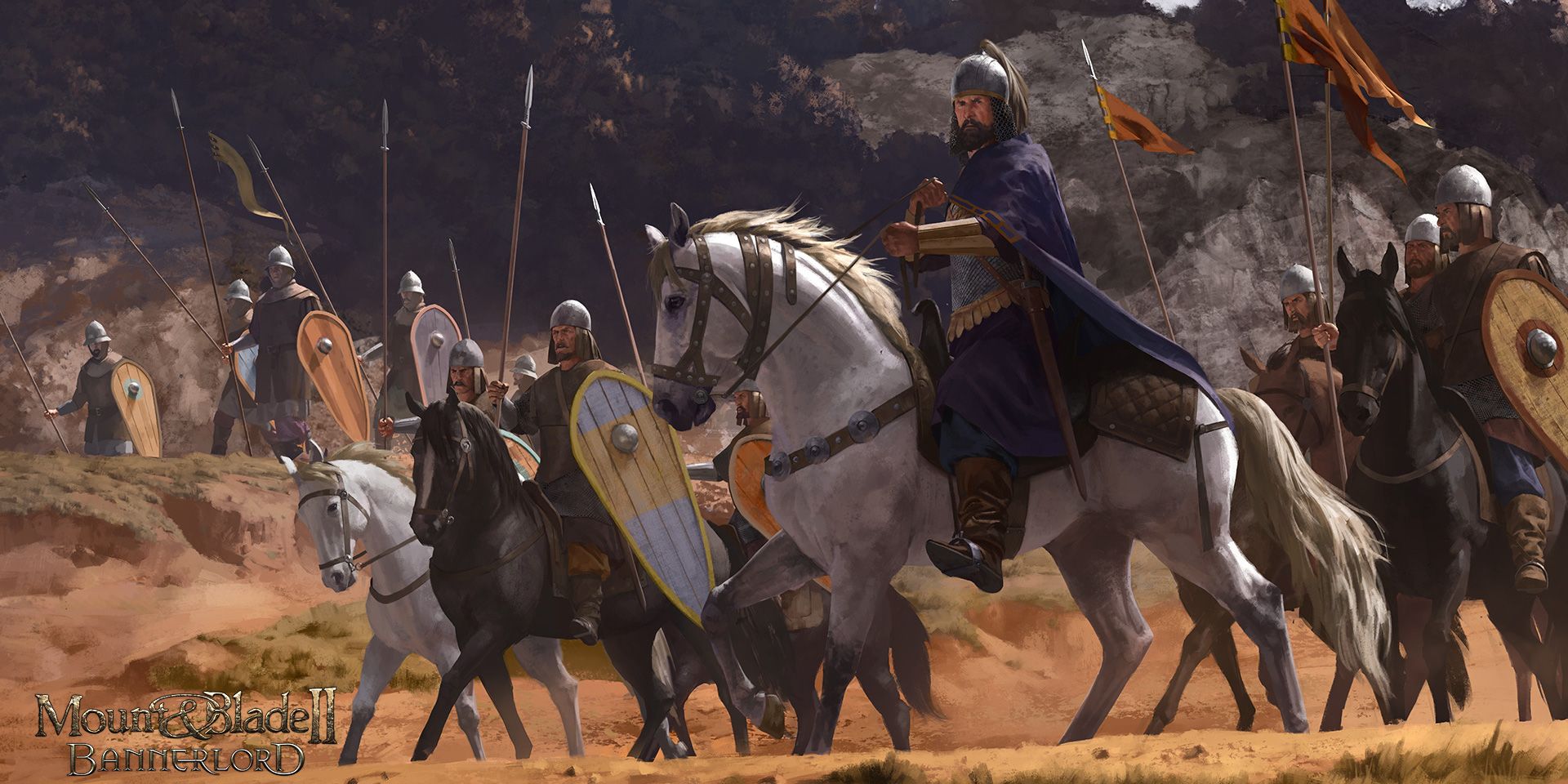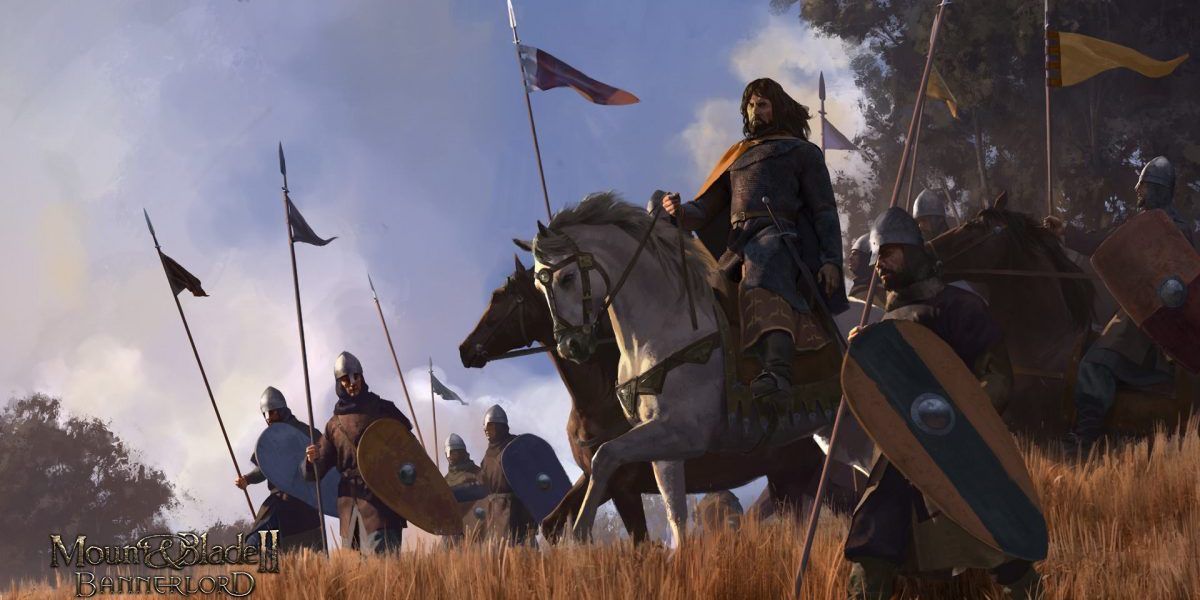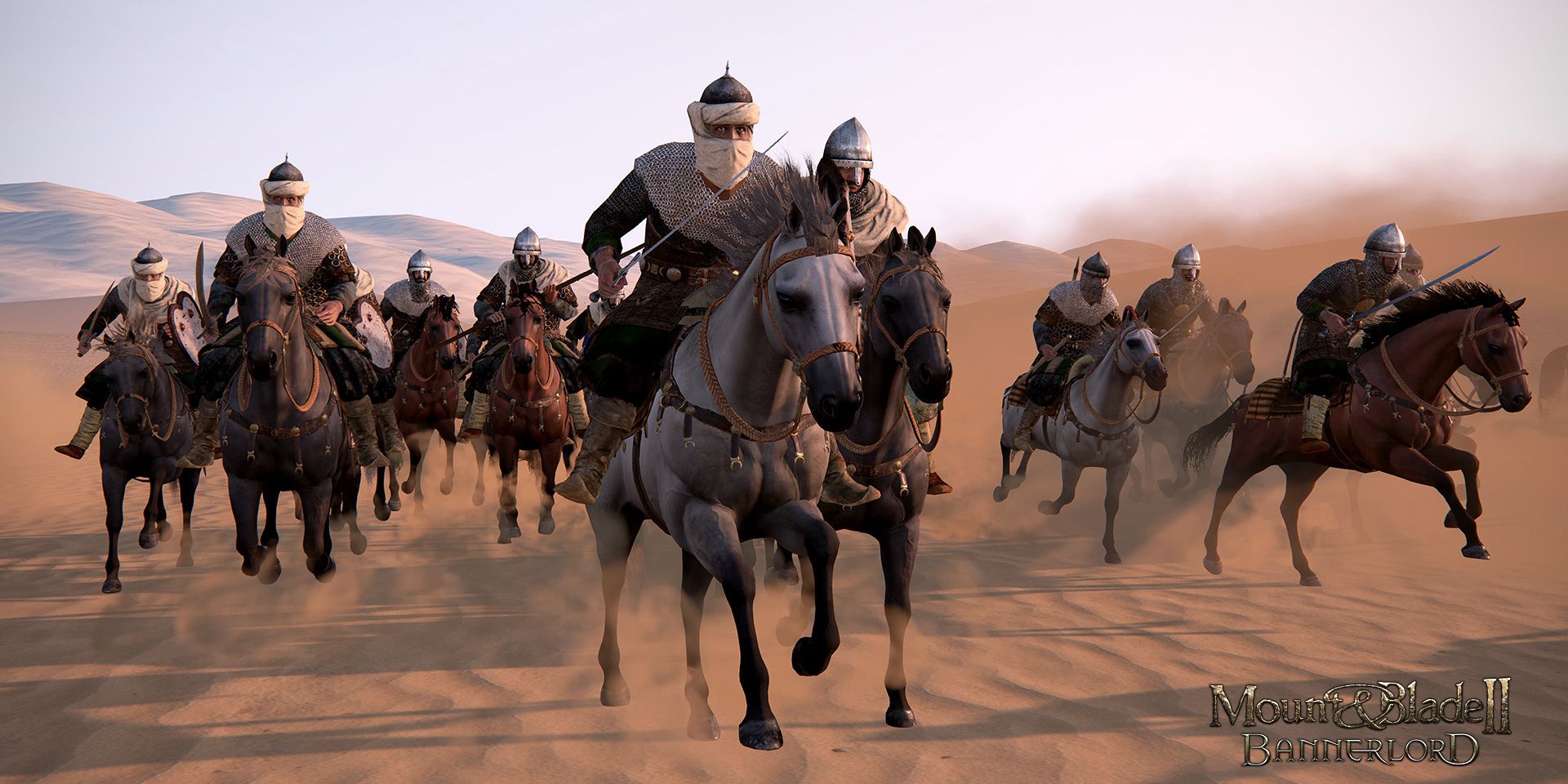The medieval strategy and combat game Mount & Blade II: Bannerlord takes places in a fictional world modeled after the Migration Period – a real-life historical era where the Western Roman Empire dissolved and new kingdoms arose in its place. These successor states adopted new iconography, battlefield strategies, and political systems to address the challenges of their new, chaotic era, making them excellent sources of inspiration for Mount & Blade fans looking to build kingdoms.
There's an old historical conceit called the Dark Ages, the idea that the fall of the Western Roman Empire led to an era of ignorance, barbarism, and endless war. Most modern historians see the concept as faulty for two reasons: first, the Roman Empire was just as war-mongering and brutal as the 'barbarians' it fought. Second, learning and civilization didn't vanish with the fall of Rome, but was inherited, preserved, and modified by the new civilizations that replaced the crumbling Roman state.
In the world of Mount & Blade II: Bannerlord, the Calradic Empire collapses because it could no longer adapt to the challenges of a new era, and new states arose to fill the void; similarly, the real-life kingdoms that replaced Rome did so with new political systems, traditions, and warfare strategies that evolved into the feudalism of the Middle Ages. For fans and players of Mount & Blade II: Bannerlord, these successor kingdoms are models of culture and warfare they can emulate to better raise their own stylish dominions and crush their enemies in battle. For instance:
The Byzantine Empire (Similar to the Empire Factions of Mount & Blade II)
Even as the Western Roman Empire fell in 476 to civil war and Germanic invasions, the Eastern Roman Empire, currently known as the Byzantine Empire, survived well into the 1400s, creating literature, church mosaics, and intricate administrative laws in the process. The Byzantine's resilient military system was built around Themes, local military districts with state-owned farmland granted to soldiers in exchange for military service.
The Byzantine army itself was composed of armored Cataphract riders supported by Roman-style heavy infantry and the Varangian Guard, an elite force of battle-axe wielding Viking mercenaries.
The Carolingian Empire (Similar to the Vlandian Faction of Mount & Blade II)
Founded by legendary Frankish King Charlemagne, the Carolingians unified much of continental Europe under a "Holy Roman Empire", presiding over a renaissance of art and literature while brutally conquering their pagan neighbors and laying the foundations of feudal government that would define the Medieval era.
This not-really-Roman, not-quite empire was built around fiefdoms and the vassals who owned them, bound to each other by oaths of loyalty in place of complex bureaucracy. In times of war, each noble would raise hosts of aristocratic armored cavalry (not yet knights), levies of infantry freemen, and sophisticated siege equipment to crack open enemy castles.
The Abbasid Caliphate (Similar to the Aserai Faction of Mount & Blade II)
The third of the major Islamic Caliphates, the Abbasid Caliphate is famous for being the Arabic dynasty that presided over the Islamic Golden Age, a flowering of arts, literature, medicine, and natural philosophy that generated the modern scientific method and introduced concepts like courtly love to the aristocracy of Europe even as the Crusades raged. The Abbasid Caliphate and its predecessors often emulated the most useful systems of the cultures they conquered/incorporated– the centralized bureaucracy of the Persian Sassanid Empire, Roman-style infantry levies, and cavalry from migrant clans that wielded bows and spears from horseback.
Much like the players in the fictional world of Mount & Blade II: Bannerlord, each of these historical empires had a lot of blood on their hands, frequently slaughtering external enemies with cruelty and ignoring the plight of commoners. At the same time, these empires gained great merit by preserving the literary canon of antiquity and cultivating the arts and sciences: indeed, Community Mods or DLC from TaleWorld Entertainment that let players build cathedrals or libraries would be a great way to empower fans to decide whether they want to emulate the gentle or brutal aspects of these long-gone civilizations.




